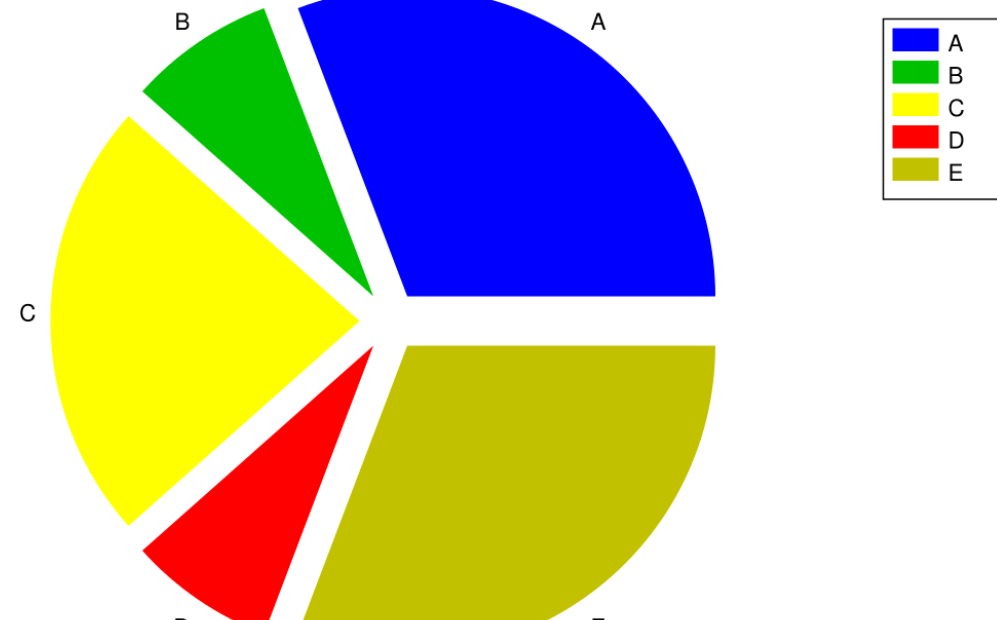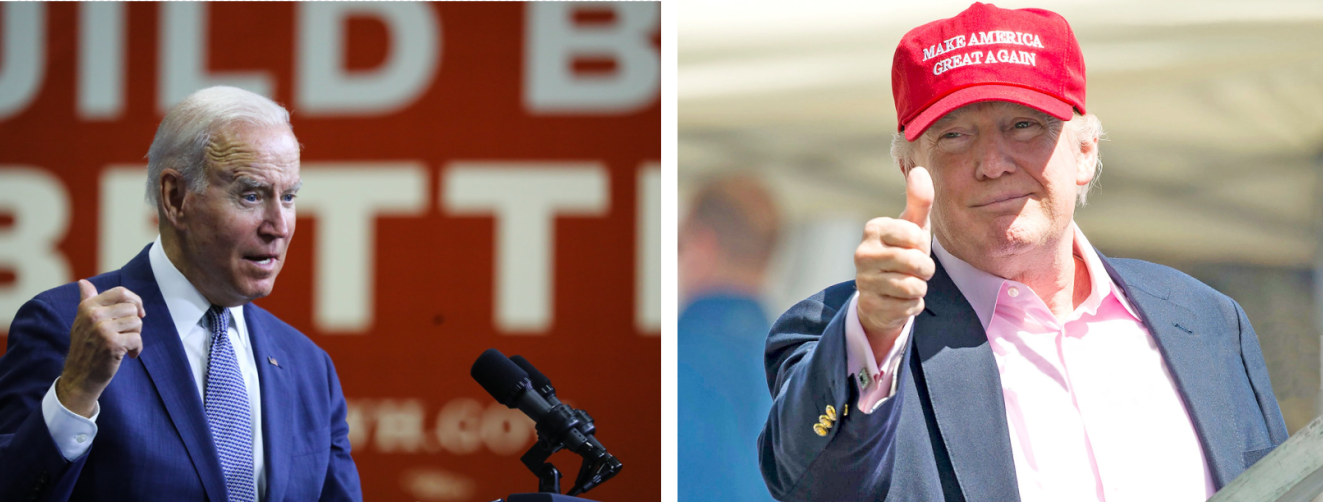Northwestern's Kellogg School of Management finds campaign ads significantly influence voter behavior and election outcomes in a recent report.
What to Know
-
Positive ads increase voter turnout by 3-4%, while negative ads suppress it by 1-2%.
-
Negative ads boost vote share by 1-3% more than positive ads.
-
Negative ads have mixed effects: they can demobilize by 2-5% or mobilize by 1-2%, depending on factors like timing.
-
Negative ads are 10-15% more memorable but risk a 5-10% backlash.
-
Equal advertising from both candidates tends to cancel out the effects, reducing influence by 1-2%.
Political campaigns are increasingly dominated by a pervasive force: advertisements. These ads, whether positive or negative, are integral to shaping public opinion and influencing election outcomes. But how much do campaign ads truly matter? To explore this question, we can examine the findings from a range of research, including a significant study by Northwestern University’s Kellogg School of Management, based on the research of Brett R. Gordon, Mitchell J. Lovett, Bowen Luo, and James Reeder, as well as other scholarly insights into the dynamics of political advertising.
The Role of Campaign Ads in Elections
Campaign ads serve as one of the primary means of communication between political candidates and voters. These ads fall into three main categories: positive, negative, and contrast ads.
-
Positive ads highlight the candidate’s strengths and qualifications.
-
Negative ads attack the opponent’s character, policies, or past actions.
-
Contrast ads attempt to juxtapose the two candidates, often incorporating both positive and negative elements.
The impact of these ads on voter behavior, particularly on turnout and vote choice, is the subject of extensive research.
The Northwestern University Study: Tone, Turnout, and Vote Share
A comprehensive study conducted by Northwestern University, led by Gordon and colleagues (2017), examined the impact of political ad tone on voter turnout and candidate success. The study, which analyzed data from the 2000 and 2004 U.S. presidential elections, combined data from the Campaign Media Analysis Group (CMAG) on ad exposure with voting data to track voter responses to different types of ads.
The findings of the study revealed the following insights into the effects of political advertising:
-
Positive Ads: These ads were found to increase voter turnout by 3-4%. Positive ads, focusing on a candidate’s strengths and policies tend to mobilize voters, albeit modestly. In addition to this, equal amounts of positive advertising from both candidates tend to neutralize the overall impact, reducing its influence by 1-2%. However, the effect remains relatively favorable in driving engagement with the electorate.
-
Negative Ads: Negative ads, particularly those attacking the opponent, showed more pronounced effects. While these ads can sometimes suppress voter turnout by 1-2%, they also increase vote share by 1-3% more than positive ads. Their influence is mixed—while they have the potential to demobilize voters by 2-5%, they can also mobilize others by 1-2%, depending on factors such as timing and context. Negative ads tend to be 10-15% more memorable than positive ads, but they come with a significant risk, potentially resulting in a 5-10% backlash from voters.
-
The Net Effect: When comparing the overall impact of positive and negative ads, the study showed that negative ads have a greater ability to sway voters than positive ads, despite the risk of backlash. In speculative scenarios for the 2000 election, the study indicated that if all ads had been positive, Al Gore would have won the presidency. However, if all ads had been negative, George W. Bush would have won by a larger margin, highlighting the stronger sway of negative ads in shaping final outcomes.
These findings suggest that while positive ads can foster a more engaged electorate, negative ads are more effective in influencing voters’ decisions, even though they can come with unintended consequences. The balance between these two types of ads is crucial for campaigns looking to maximize voter turnout and success at the polls.
The Complexity of Negative Ads
Despite the findings of the Northwestern study, the effects of negative ads on voter behavior remain a subject of debate. Some studies, like Ansolabehere and Iyengar (1995), argue that negative ads have a demobilizing effect, decreasing voter turnout by making the political process seem more hostile or corrupt. Others, such as Malloy and Pearson-Merkowitz (2015), suggest that negative ads can also serve a mobilizing function by energizing base voters who feel strongly about the issues at hand.
Several factors influence the effectiveness of negative ads.
-
The sponsorship of the ad—whether it comes from a candidate’s campaign or an external group—can affect its credibility and impact. The timing of ad exposure is also crucial: ads released early in the campaign might have a different effect than those aired closer to Election Day.
-
The relevance and civility of the attack matter—more substantive and less inflammatory attacks tend to have a greater impact than personal or overly negative ones. Moreover, fact-checking can mitigate the impact of misleading negative ads, ensuring that voters are not swayed by misinformation.
Strategically, campaigns often face a dilemma when deciding whether to use negative ads. On one hand, negative ads can be memorable and effective at highlighting an opponent’s weaknesses. On the other hand, they can backfire, leading to voter backlash or a decline in democratic discourse.
Public sentiment generally leans against negative ads, with voters expressing distaste for the tone and content of attack ads. This distaste influences how campaigns craft their advertising strategies, sometimes opting for more positive messages despite the apparent effectiveness of negative campaigning.
The Impact of Proportionality in Advertising
Another key aspect of political advertising is proportionality—how much a candidate out-advertises their opponent. Research by Spenkuch and Toniatti (2018) suggests that candidates who run more positive ads than their opponents tend to see a boost in vote share. However, the effects of advertising become more complex when candidates advertise in roughly equal proportions. In such cases, the impact of both positive and negative ads can "cancel out," diminishing their effectiveness.
Campaigns must adapt their strategies depending on the overall advertising landscape. If an opponent is running a barrage of negative ads, a candidate might choose to counterbalance with positive messaging, trying to shift the tone of the campaign. Conversely, if an opponent focuses on positive ads, a candidate might be more inclined to run negative ads to create differentiation.
Wrap Up
The research paints a nuanced picture of the role of campaign ads in elections. Positive ads can increase voter turnout, while negative ads can be more effective at influencing vote share, albeit with potential risks to democratic engagement. The strategic use of ads—considering timing, tone, and proportionality—remains a critical aspect of campaign strategy.
The broader implications of these findings raise important questions for the future of political advertising. Should there be regulations to promote positive, voter-mobilizing ads while limiting the potential for negative, demobilizing content? And how can campaigns balance the need for effective advertising with the broader goal of fostering informed and engaged voters? These are questions that continue to shape the future of political campaigns as both candidates and voters navigate the increasingly influential world of political advertising.




